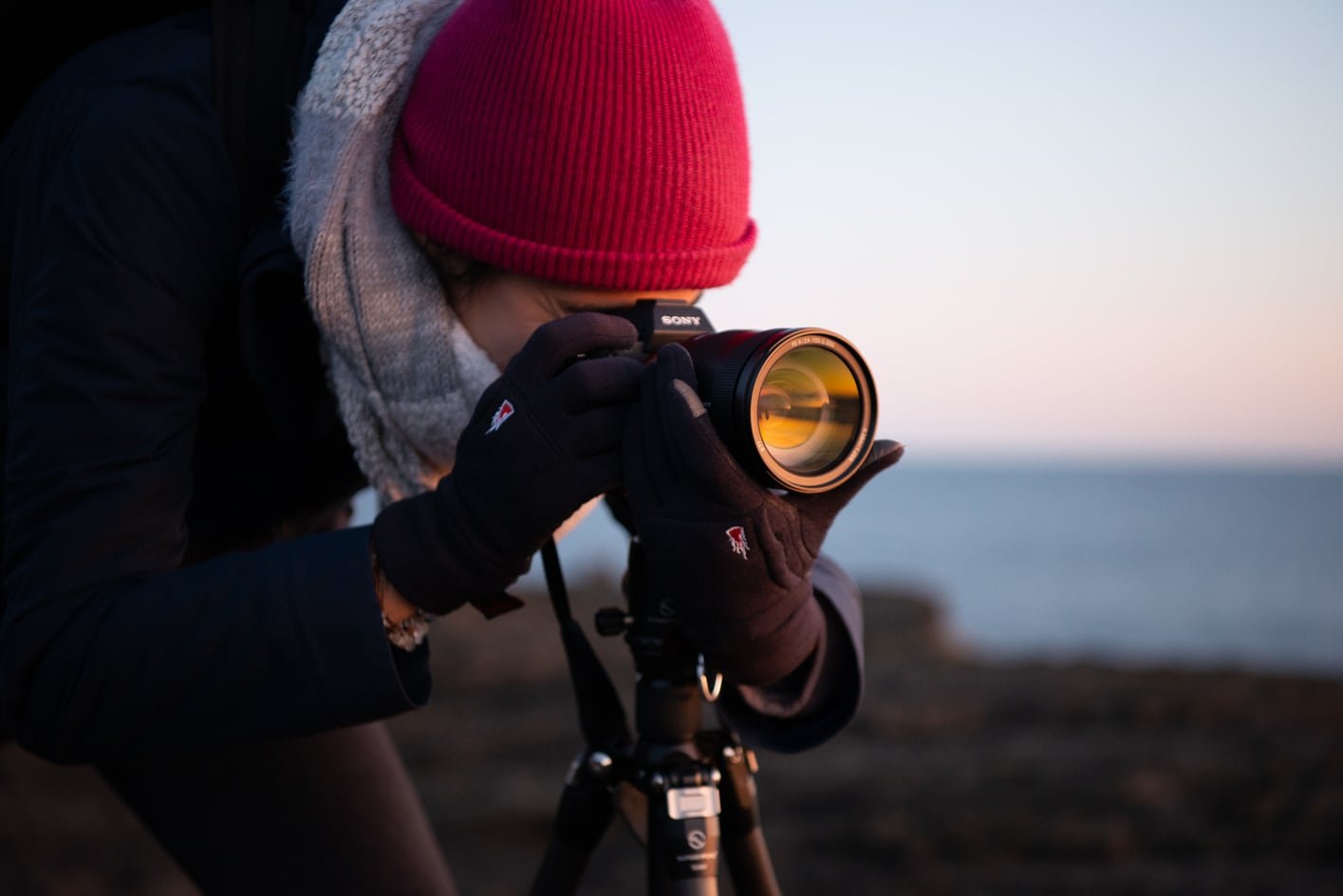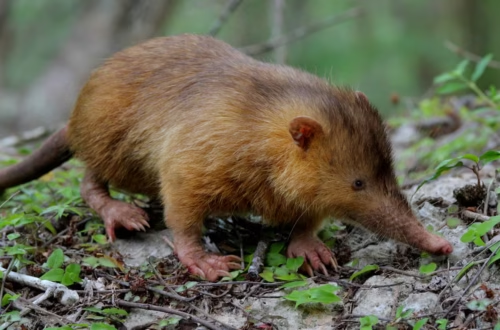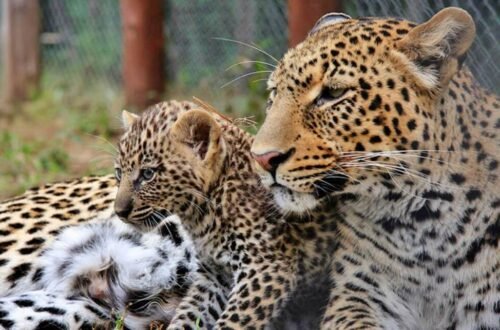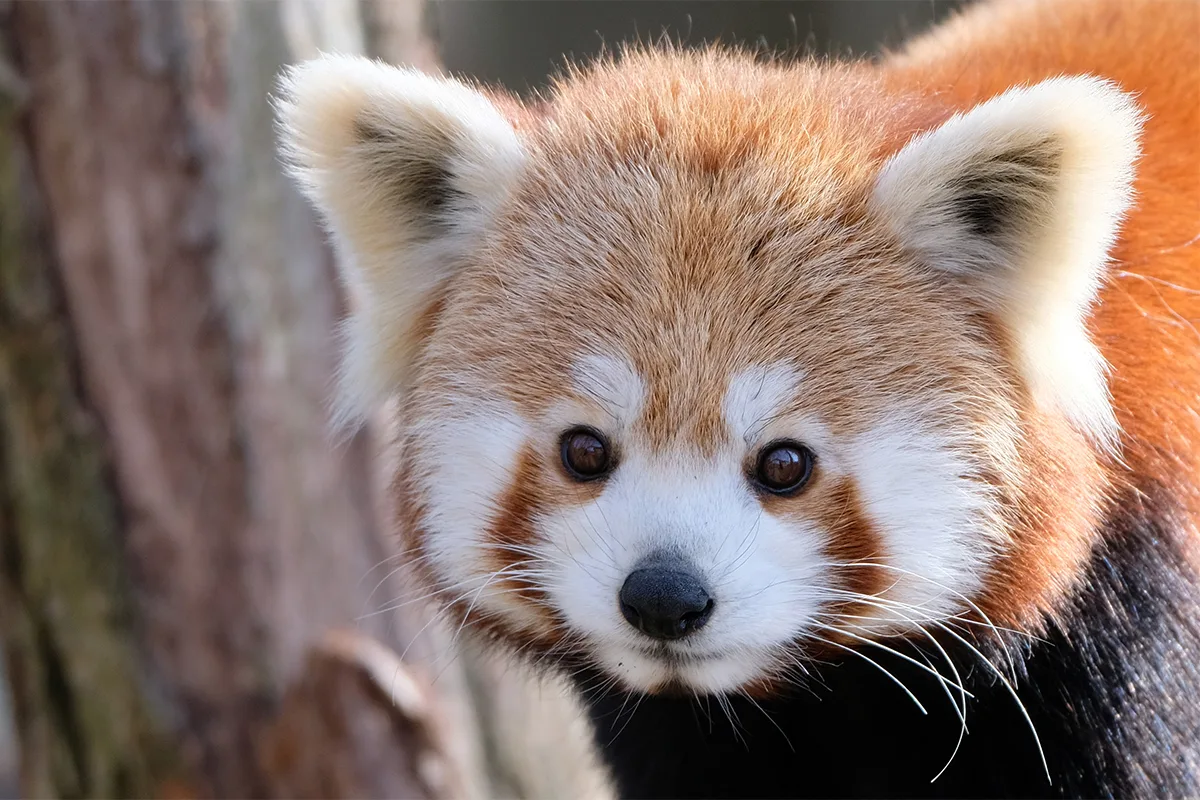The world’s biodiversity is a delicate tapestry, woven with countless species that each play a vital role in their ecosystems. Yet, human activities like deforestation, poaching, and climate change are unraveling this tapestry at an alarming rate. According to the International Union for Conservation of Nature (IUCN), over 47,000 species are currently threatened with extinction. This article dives deep into the plight of the 70 most endangered animal species, sharing their stories, the threats they face, and how we can help save them. Let’s explore these remarkable creatures and why their survival matters.
Why Are So Many Animals Endangered?
The rapid decline of wildlife is a stark reminder of humanity’s impact on the planet. The IUCN’s 2024 Red List reports that 73% of assessed wildlife populations have plummeted since 1970, driven by habitat loss, poaching, and climate change. These threats don’t just endanger animals—they disrupt ecosystems, affecting everything from pollination to water cycles. Understanding why these species are at risk is the first step toward saving them.
Habitat Loss: The Silent Killer
Habitat destruction is the leading cause of species decline. Deforestation for agriculture, urban sprawl, and mining carves away the homes of countless animals. For example, the Sumatran orangutan has lost 80% of its forest habitat in the last century, leaving fewer than 14,000 individuals. When forests vanish, so do the food and shelter these species depend on.
Poaching and Illegal Trade
Poaching for trophies, traditional medicine, or the pet trade devastates populations. The Javan rhino, with only about 18 individuals left, faces relentless pressure from poachers seeking its horn, which can fetch up to $30,000 per kilogram on the black market. Such exploitation pushes species to the brink of extinction.
Climate Change and Pollution
Rising temperatures and polluted environments disrupt ecosystems. The vaquita, a tiny porpoise in the Gulf of California, is down to just 10 individuals, largely due to entanglement in illegal fishing nets and water pollution. Climate change also alters migration patterns and food availability, leaving species like polar bears struggling to survive.
The 70 Most Endangered Animals: A Closer Look
The IUCN Red List categorizes species as Critically Endangered (CR), Endangered (EN), or Vulnerable (VU), with nearly 4,000 species classified as critically endangered. Below, we highlight some of the rarest animals, their population estimates, and the challenges they face. This list isn’t exhaustive but showcases the diversity of species at risk.
Mammals on the Brink
Mammals often capture our hearts, but many are teetering on the edge of extinction. Their charisma draws attention, yet their survival hangs in the balance.
Amur Leopard: The Rarest Big Cat
With only about 100 individuals left in the wild, the Amur leopard prowls the forests of Russia and China. Habitat loss from fires and poaching for its stunning coat threaten its survival. Conservation efforts, like Russia’s Land of the Leopard National Park, offer hope.
Javan Rhino: A Living Relic
The Javan rhino, with just 18 individuals in Indonesia’s Ujung Kulon National Park, is one of the rarest mammals. Poaching and low genetic diversity make recovery difficult. Efforts to establish a second population are underway.
Vaquita: The Ocean’s Rarest Mammal
The vaquita, a small porpoise, has only 10 individuals left due to illegal fishing nets in the Gulf of California. Despite gillnet bans, enforcement remains a challenge.
North Atlantic Right Whale
With around 350 individuals, including just 70 breeding females, this whale faces threats from ship strikes and fishing gear entanglements. Climate-driven habitat shifts worsen the situation.
Saola: Asia’s Unicorn
Discovered in 1992, the saola has an unknown population, possibly fewer than 100. Habitat loss and hunting in Vietnam and Laos threaten this elusive mammal.
Birds Facing Extinction
Birds, from parrots to pigeons, are vital pollinators and seed dispersers, but many are vanishing.
Kakapo: The Owl Parrot
This flightless New Zealand parrot has fewer than 150 individuals due to a slow reproductive cycle. Conservationists are hand-raising chicks to boost numbers.
Tooth-Billed Pigeon
Found only in Samoa, this bird has 70–380 individuals left. Habitat loss and invasive predators like feral cats are major threats.
Hawaiian Honeycreeper
Several subspecies have declined by up to 94% due to disease and habitat destruction. Conservation groups are working to restore their forest homes.
Reptiles and Amphibians in Peril
Cold-blooded creatures face unique challenges, often overlooked in conservation efforts.
Bolson Tortoise
This Mexican tortoise, with around 2,500 mature individuals, suffers from habitat degradation due to overgrazing. Its grassland burrows are critical for survival.
Hot Creek Toad
Discovered in 2017, this Nevada toad lives in a tiny marshy habitat. Its population is unknown, but habitat isolation threatens its future.
Gharial
This fish-eating crocodile from India has a declining population due to habitat loss and accidental hunting. Conservation efforts focus on river protection.
Marine Life Under Threat
Oceans are home to some of the most endangered species, impacted by overfishing and pollution.
Yangtze Finless Porpoise
The only freshwater porpoise, with about 1,200 individuals in China’s Yangtze River, faces threats from pollution and overfishing. A 10-year fishing ban aims to help.
Hawksbill Turtle
Critically endangered, hawksbill turtles are poached for their shells. Conservation focuses on protecting nesting beaches.
Rice’s Whale
With only 26 individuals in the Gulf of Mexico, this whale faces oil spills and ship strikes. The 2010 Deepwater Horizon spill devastated its population.
Table: Snapshot of 15 Critically Endangered Species
| Species | Estimated Population | Primary Threats | Region |
|---|---|---|---|
| Javan Rhino | 18 | Poaching, inbreeding | Indonesia |
| Vaquita | 10 | Illegal fishing, pollution | Gulf of California |
| Amur Leopard | 100 | Poaching, habitat loss | Russia, China |
| North Atlantic Right Whale | 350 | Ship strikes, entanglements | Atlantic Ocean |
| Saola | <100 | Hunting, habitat loss | Vietnam, Laos |
| Kakapo | <150 | Slow reproduction, habitat loss | New Zealand |
| Tooth-Billed Pigeon | 70–380 | Habitat loss, invasive predators | Samoa |
| Hawaiian Honeycreeper | Varies by subspecies | Disease, habitat destruction | Hawaii |
| Bolson Tortoise | 2,500 | Habitat degradation, overgrazing | Mexico |
| Hot Creek Toad | Unknown | Habitat isolation | Nevada, USA |
| Gharial | Declining | Habitat loss, accidental hunting | India |
| Yangtze Finless Porpoise | 1,200 | Pollution, overfishing | China |
| Hawksbill Turtle | Unknown | Poaching, habitat loss | Global oceans |
| Rice’s Whale | 26 | Oil spills, ship strikes | Gulf of Mexico |
| Sumatran Orangutan | 13,846 | Deforestation, poaching | Indonesia |
Comparing Threats Across Species
Different species face unique combinations of threats, but patterns emerge. Mammals like the Javan rhino and Amur leopard are heavily impacted by poaching, while marine species like the vaquita and Rice’s whale suffer from fishing-related threats. Habitat loss is a universal challenge, affecting 90% of the species listed. Climate change exacerbates these issues, altering habitats and food availability.
Pros and Cons of Current Conservation Efforts
Pros:
- Protected Areas: National parks like Ujung Kulon for Javan rhinos provide safe havens.
- Breeding Programs: Captive breeding has helped species like the black rhino recover.
- Policy Changes: Bans on gillnets and poaching have slowed declines for some species.
Cons:
- Enforcement Gaps: Illegal fishing and poaching persist due to weak enforcement.
- Funding Shortages: Conservation programs often lack sufficient resources.
- Climate Challenges: Global warming outpaces many conservation strategies.
People Also Ask (PAA)
What is the most endangered animal in the world?
The vaquita, with only 10 individuals left, is often cited as the most endangered animal. Its decline is driven by illegal fishing in the Gulf of California.
Where can I learn more about endangered species?
Visit the IUCN Red List (www.iucnredlist.org) or WWF (www.worldwildlife.org) for detailed information on species status and conservation efforts.
How can I help endangered animals?
Support conservation organizations, reduce your carbon footprint, and avoid products linked to habitat destruction, like unsustainable palm oil.
What are the main causes of animal extinction?
Habitat loss, poaching, climate change, and pollution are the primary drivers. Human activities account for 99% of current extinctions.
Personal Story: A Brush with the Wild
Last year, I volunteered at a wildlife rehabilitation center in Costa Rica, where I met a rescued baby sloth, orphaned by deforestation. Feeding it and watching it cling to a makeshift branch was a humbling reminder of how fragile these creatures are. It wasn’t just about saving one sloth—it was about preserving the forest that sustains countless species. Moments like these fuel my passion for conservation and remind us why every small action counts.
How to Get Involved: Tools and Actions
Informational Resources
- IUCN Red List: Tracks the status of over 47,000 species.
- WWF Adopt-a-Species: Learn about specific animals and their threats.
- National Geographic: Offers educational content on biodiversity.
Navigational Tools
- Conservation Websites: Visit www.ifaw.org or www.onekindplanet.org for actionable steps.
- Local Wildlife Centers: Find rehabilitation centers near you to volunteer or donate.
Transactional Support
- Best Tools for Conservation: Apps like iNaturalist help track species, while donations to WWF or IFAW fund on-the-ground efforts.
- Sustainable Products: Choose brands certified by the Rainforest Alliance to reduce habitat destruction.
FAQ Section
Why are so many species endangered?
Human activities like deforestation, poaching, and pollution disrupt ecosystems, leading to rapid population declines.
Which animal is closest to extinction?
The vaquita, with only 10 individuals, faces imminent extinction due to illegal fishing nets.
Can endangered species recover?
Yes, with concerted efforts. The bald eagle, once near extinction, now thrives due to conservation and DDT bans.
How does climate change affect endangered species?
It alters habitats, reduces food availability, and shifts migration patterns, impacting species like polar bears and whales.
What can individuals do to help?
Reduce waste, support sustainable products, and donate to reputable conservation organizations like WWF or IFAW.
A Call to Action
The fate of the 70 most endangered species rests in our hands. From the elusive saola to the majestic Amur leopard, each creature is a thread in the web of life. By supporting conservation efforts, choosing sustainable practices, and spreading awareness, we can make a difference. Visit www.worldwildlife.org to adopt a species or learn more. Let’s act before these animals become memories, lost to time like the dodo or the western black rhino. Together, we can rewrite their stories.





